Written by: Aown Ali
Posted on: June 03, 2016 | 
Nestled within the Lawrence Gardens is one of the most picturesque cricket arenas in the world
The pavilion structure of the remarkable Gymkhana ground testifies to its historic significance and striking appearance. This log house style wooden architecture built from imported oak is described as a masterpiece of G. Stone and Bhai Ram Singh, a great architect who designed numerous buildings in Lahore during the British Raj. The pavilion closely resembles the Punjab Exhibition Hall (Tollinton Market) in style, located on Mall Road near Lahore Museum.
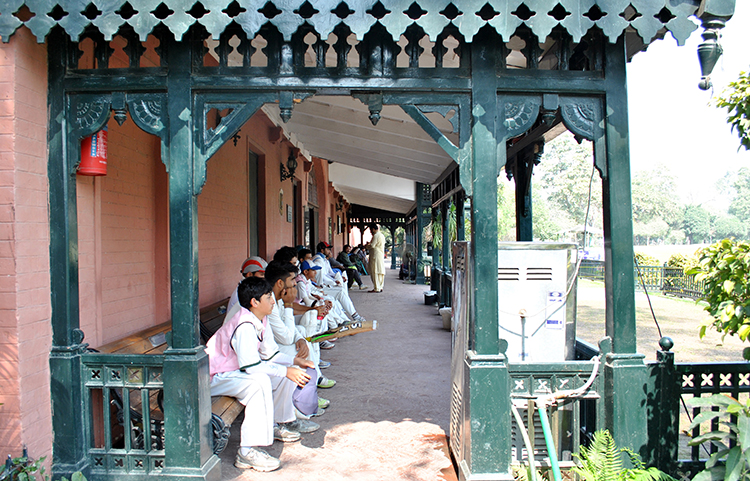
Prior to its construction, in the early 19th century, the field of Gymkhana ground was used as a balloon ascent site. In 1880, it was converted into a cricket ground and the pavilion structure was exclusively erected for that purpose. In 1882, the first turf wickets were laid with soil imported from Worcestershire, England. Until 1910, the ground used to host weekly matches of the staff of the Governor House, located not far away on the other side of Mall Road.
The history of cricket matches at this ground goes back to the early 20th century. In 1911, the British Army and the World-XI played their first official match here. The former team was drawn from Punjabis, Sikhs, and the King's Regiment, while the latter had most of its players from Gloucestershire and Lancashire. 1923 saw a first class match between Muslim and Sikh teams, and in 1926, the first international match between MCC (Marylebone Cricket Club) and the British Army took place. Later, in December 1934, in the first season of Ranji Trophy (the oldest Indian domestic cricket tournament), the North Indian team opened its campaign against the Indian Army. In 1936, on the same ground, India got its first ever victory in an international test match. Under the captaincy of Syed Wazir Ali, India’s first Muslim captain, an official match was played against Australia. In 1945, the last match of the Ranji Trophy was played between northern India and southern Punjab.
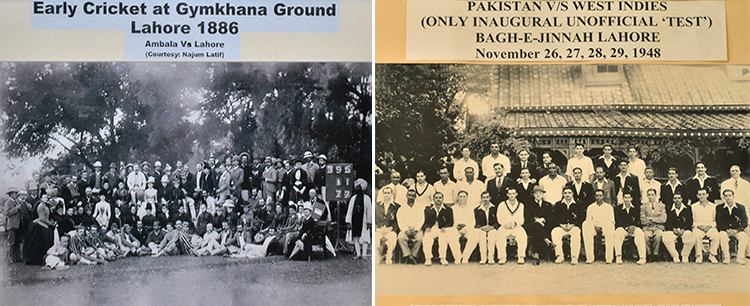
The momentous role of this ground did not dwindle even after Partition. To raise donations for the Quaid-e-Azam Relief Fund – a charity for refugees’ rehabilitation – the teams of Punjab and Sindh played opposite each other in December 1947. The ground also became the first headquarters of the Cricket Control Board of Pakistan, inaugurated in 1948, and of the Pakistan Eaglet Society in 1951. Formed by Justice A.R. Cornelius, the Eaglets were a squad of young cricketers sent to England for coaching and playing against clubs and international teams touring England. This squad later provided a good number of first class cricket players to Pakistan.
From 1948 to 1951, the ground hosted four unofficial test matches of Pakistan: against the West Indies in November 1948, the Commonwealth-IX in November 1949, Ceylon (present-day Sri Lanka) in March 1950, and finally against MCC in November 1951. The ground became the 35th official test centre of the world in January 1955, and Pakistan played its first official test match against India here. The second test was between Pakistan and New Zealand in October 1955, and the third and last test on this ground took place between Pakistan and West Indies in March 1959.
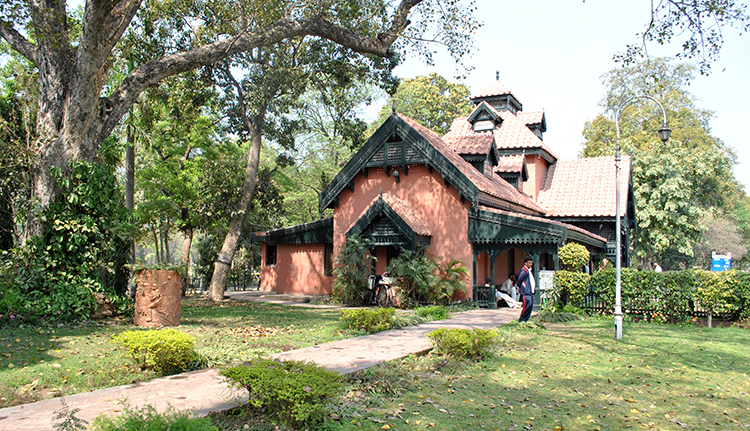
Unlike Eden Gardens Kolkata, however, the Lawrence Gardens ground could not retain the status of international cricket host for long. In 1959, a new cricket stadium was established in Lahore – later named as the Gaddafi Stadium – which snatched the glory of international and first class cricket from the old Gymkhana ground. With the relocation of the Cricket Board offices as well as most of the matches, the role of Gymkhana ground diminished decisively in the years that followed. Between the ‘60s and ‘80s, it met a time of ravage that massively damaged its field and pavilion.
Being a historic cricket centre, the Gymkhana ground once contained an enormous collection of photographs, souvenirs and official records, covering over a century of cricket in this part of the Indian subcontinent. The central hall of the heritage pavilion was decorated with group photos of cricketers and British high-ups from the 18th and early 19th century. But during these two decades of decline, most of this invaluable collection was lost to termites, rain, and theft.
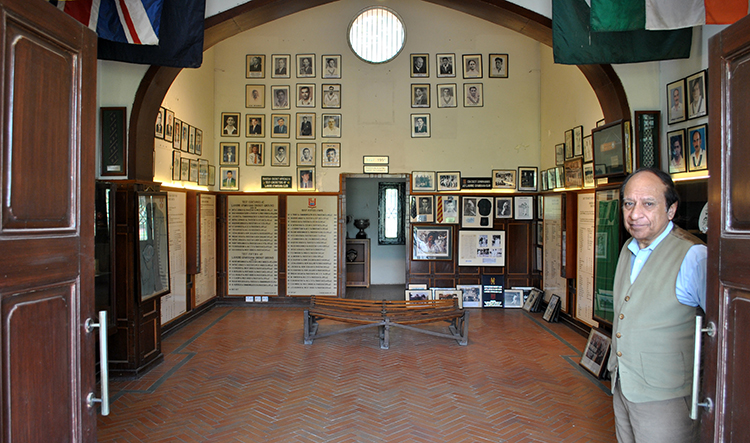
In the late ‘80s and ‘90s, when this once-remarkable cricket centre was at the peak of its troubles, the government agreed to provide grants for its renovation. This move helped a great deal in restoring and improving the deplorable conditions of the pavilion and ground, although two decades of neglect and ruin had claimed the lion’s share of the archives of this 136-year-old structure.
Hats off to Najum Latif, who has been putting in every effort to conserve what is left of this historic ground. The cricket museum he has passionately established here accommodates a range of souvenirs, photographs, score records and other objects, collected with painstaking effort from cricket enthusiasts and private collectors across Pakistan and India. The museum was formally inaugurated by Prime Minister Nawaz Sharif in 2009. The hall of the pavilion, packed from wall to wall with objects documenting the history of subcontinental cricket, demonstrates Najum Latif’s undaunted effort. He is leaving no stone unturned to make this place a hall of fame for Pakistani cricket.
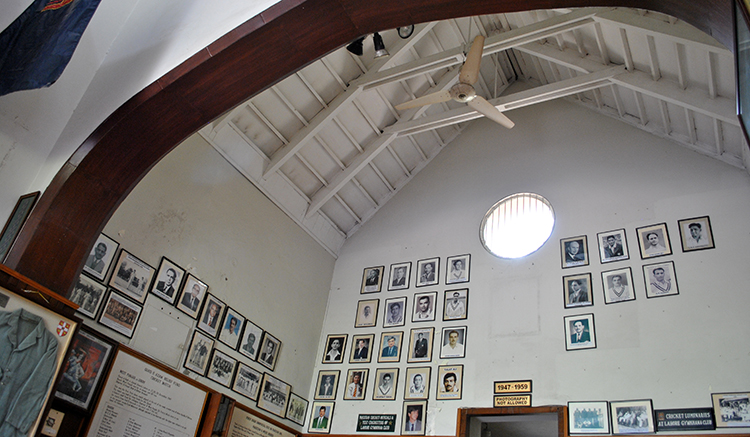
You may also like: